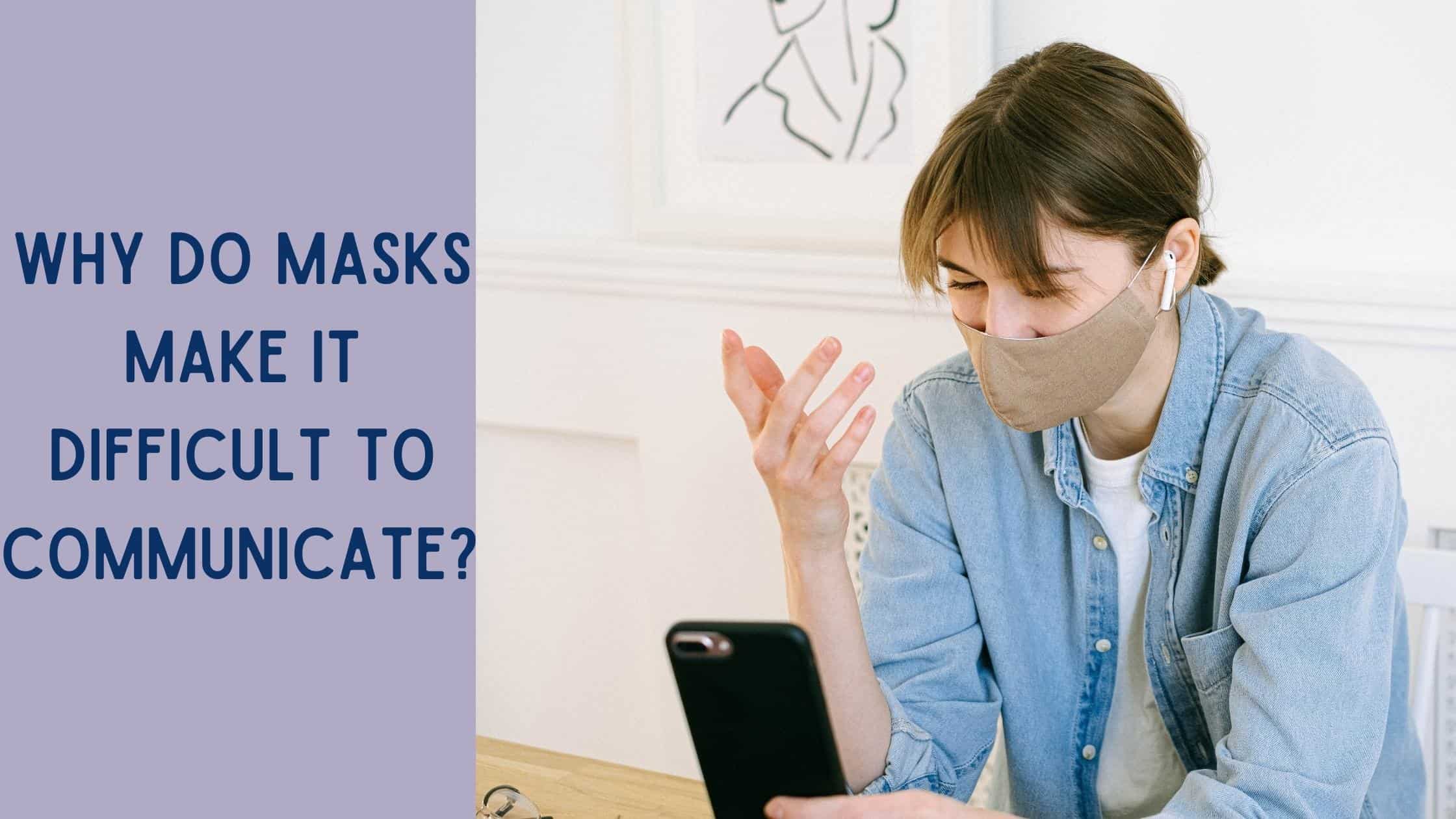This past year has been difficult for everyone, but people who experience hearing loss are perhaps among the most affected on a day-to-day basis. While Zoom meetings can sometimes make communication easier thanks to closed captioning and tight integration with hearing aids, being in public with widespread mask use poses significant additional difficulties for those with communication issues of all types. Even those with normal or near-normal hearing ability report having greater difficulty communicating while masks are being worn.
Studies in Masks
The combination of masks and hearing loss has actually been studied prior to the advent of the current pandemic. For decades, medical professionals have had trouble communicating with patients who are hard of hearing with their masks on. Miscommunications have resulted in disastrous outcomes.
A study from 2008 found that masks caused the most difficulty when background noise is present. The many machines found in hospital and operating rooms, in combination with N95 and other medical masks, were creating fertile ground for miscommunication. When background noise was reduced, it was found that masks by themselves did not pose as much of an issue.
A 2013 study found that masks did not obstruct any motor movement in the face, meaning that even while wearing masks, speakers’ mouths still moved normally. In terms of comprehension, it seemed that only visually revealing more of a speaker’s mouth had a positive effect.
Muffling
While it may be obvious that those with pre-existing hearing issues have the most difficulty when a conversational partner is wearing a mask, even a slight amount of high-frequency hearing loss (such as that which might be experienced by a relative newcomer to age-related hearing loss) can make distinguishing speech through a mask more difficult.
While medical masks have been studied, many of the fabrics being used in homemade masks have not. It may be that some of these fabrics are absorbing more sound than their finely-engineered counterparts, contributing to less high-frequency sound passing through them. This could contribute to even people with normal hearing having difficulty understanding the speech of a masked person.
Social Distancing
Many of the reported difficulties in hearing are taking place under the conditions of social distancing. It’s hard to know just how much this affects us, as we started wearing masks and standing six feet apart at the same time. How much of our difficulty hearing each other has to do with the mask, and how much is to do with the extra distance between us? It’s likely that both are contributing.
Visual Cues
One of the most significant reasons that masks have made communication more difficult, alluded to in the 2013 study, is that they cover the speaker’s mouth. Even those of us who don’t explicitly rely on lipreading to understand speech still use a view of the speaker’s mouth more than we might realize. Researchers found that when a listener couldn’t see a speaker’s mouth, they began to look toward the jawline and eyes more, learning to read the even more subtle movements present here at the edges of a mask. It also seems that tighter-fitting and smaller masks pose less difficulty than looser, larger ones.
Some people have made windowed masks to allow those with hearing difficulties to read lips through them. The idea is that there is an impermeable, flexible plastic window in the mask where a person’s mouth is, and fabric surrounding it for air to pass through. Many hard of hearing individuals report wearing these, if only to help get more people adjusted to seeing them. More widespread use of windowed masks would likely go a long way toward improving the situation.
Hearing Aids Can Help
If you’ve been having difficulty understanding people while masks are being worn, make an appointment to get your hearing tested. The Better Hearing Institute, a non-profit organization, recommends getting a hearing test once every decade until age 50, and once every three years after that. If you’re due for a hearing test, it’s important to get up to date so you can start monitoring your hearing health and making the best lifestyle decisions you can to protect your hearing.
A hearing test will let you know whether you are not currently a candidate for hearing aids, whether you’re right on the edge of needing them, or if you could use them. Studies have shown that even mild hearing loss can start to create changes in the brain, so start treating your hearing loss with hearing aids as soon as your hearing test indicates that they would be beneficial. To learn more, contact us today!

